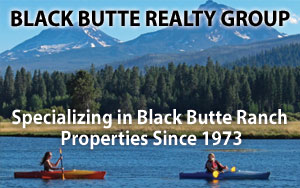Bag the salt! Alternatives to using ‘ice melt’
Last updated 12/20/2022 at Noon
Winter has arrived and that means dealing with slippery conditions around your home or business. For many property owners the quickest and cheapest solution is to grab a bag of “ice melt.”
Ice melt on sidewalks and driveways might help melt some of that ice and snow this winter, but you’re apt to regret it down the road.
It works quite well, especially when temperatures don’t dip too far below freezing.
But unfortunately, using ice melt causes a tremendous amount of harm to both your landscape and your hardscapes. Rock salt, or sodium chloride as it is officially known, is highly corrosive to concrete, asphalt, and brick. As it melts the snow and ice, trace elements remain behind.
Those corrosive remains attach themselves to the hardscape surfaces. Even more damaging, into their tiny, porous holes. The salt remaining on top can scar and mar the surfaces, permanently leaving unsightly chips, streaks, and stains.
While some of the salt remnants remain on and in the surfaces, most are washed off into nearby lawns and flowerbeds. That’s a recipe for short- and long-term problems.
Ice melt is not good for Fido’s paws either.
Calcium chloride is a less-harsh alternative to rock salt (sodium chloride), and actually works better when temperatures are low (between 0 degrees and 30 degrees Fahrenheit).
However, any chemical containing chlorides, including sodium chloride, potassium chloride, calcium chloride, etc. found in “safe de-icing chemicals,” fertilizers, ocean water, etc. present a danger to the concrete. All are mildly acidic, and attack the bonds that hold concrete together.
Go natural
• Sand absorbs sunlight, which can help snow and ice melt, and it also adds traction.
• Kitty litter doesn’t melt the snow and ice, but is like sand in that it also adds traction for a non-slip surface. Both kitty litter and sand need to be applied on top of the snow to be effective.
• Vinegar. As vinegar contains citric acid, it will help melt snow and ice. It may take a few applications, however. It has no traction benefit.
• Sugar beet juice is one of the most environmentally friendly ways to de-ice your home. The juice from sugar beets lowers the melting point of ice and snow. It’s also completely safe for roads, pets, plants, grass, cars, and concrete.
• Another environmentally friendly way to melt snow and ice is alfalfa meal, which is usually used as a fertilizer, so it’s 100 percent natural. It’s also grainy, so you’ll get some traction.
• Coffee grounds. Like sand, coffee grounds will absorb sunlight to help melt snow and ice faster. It will also give you a non-slip surface.












Reader Comments(0)